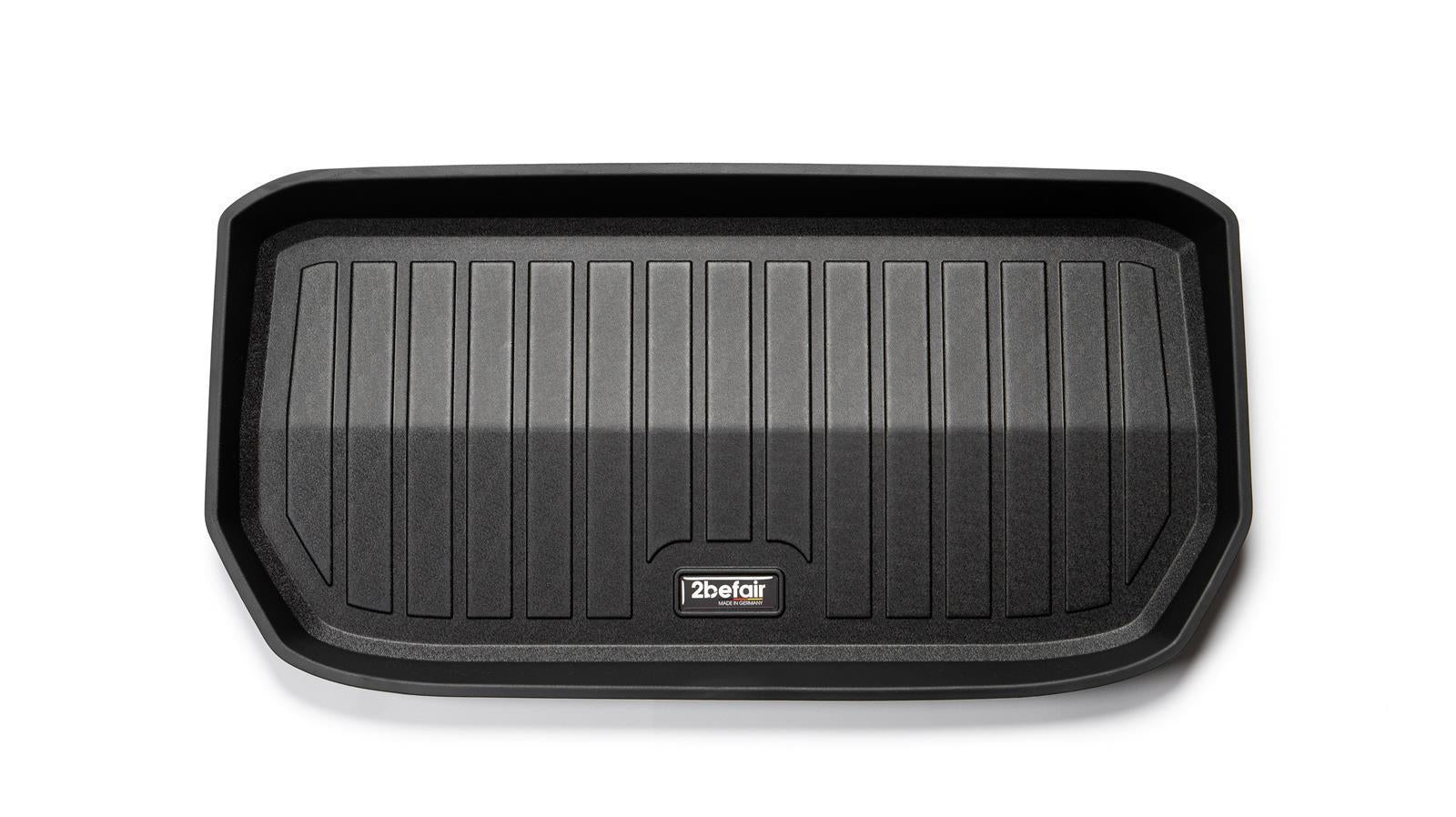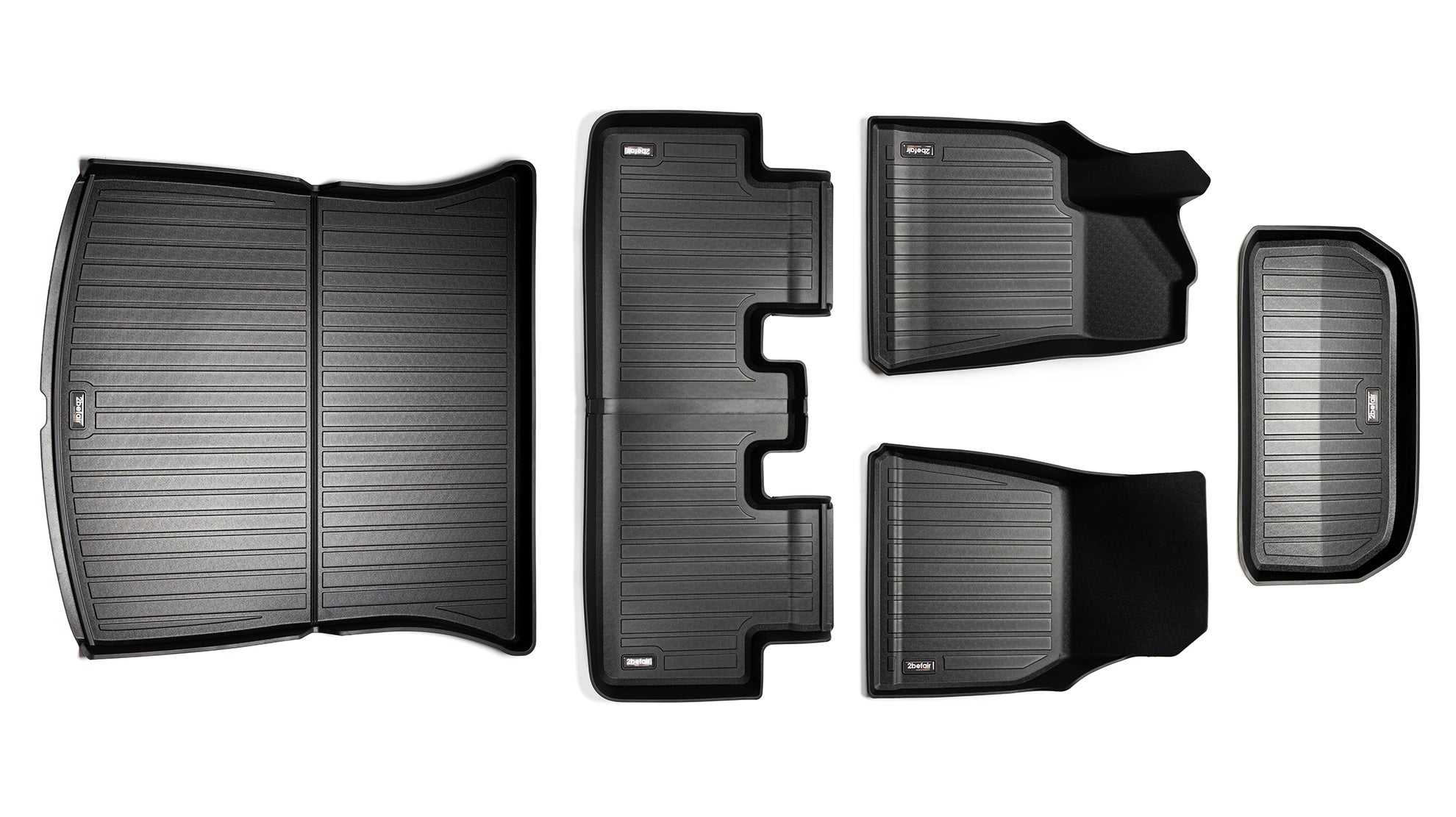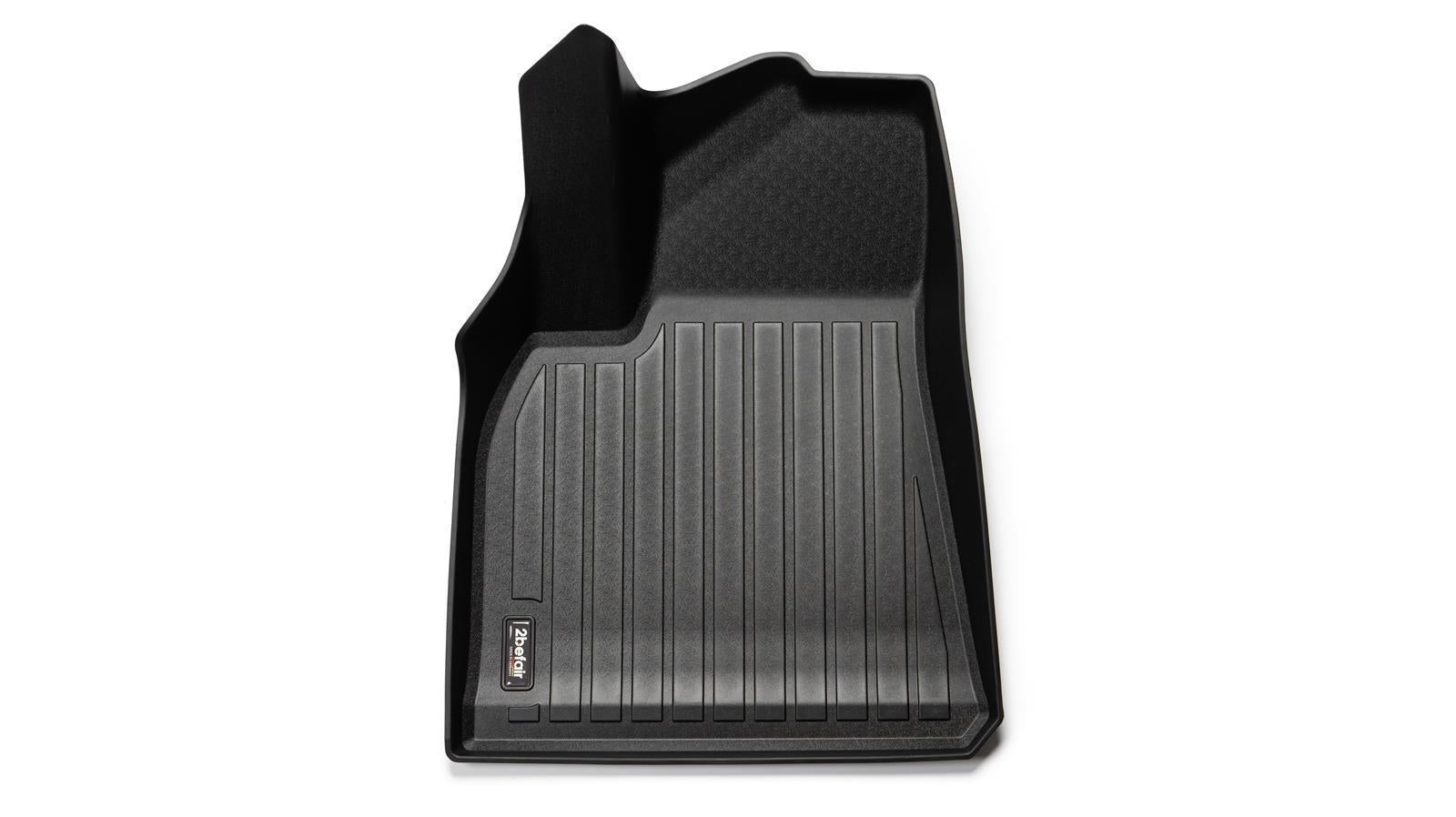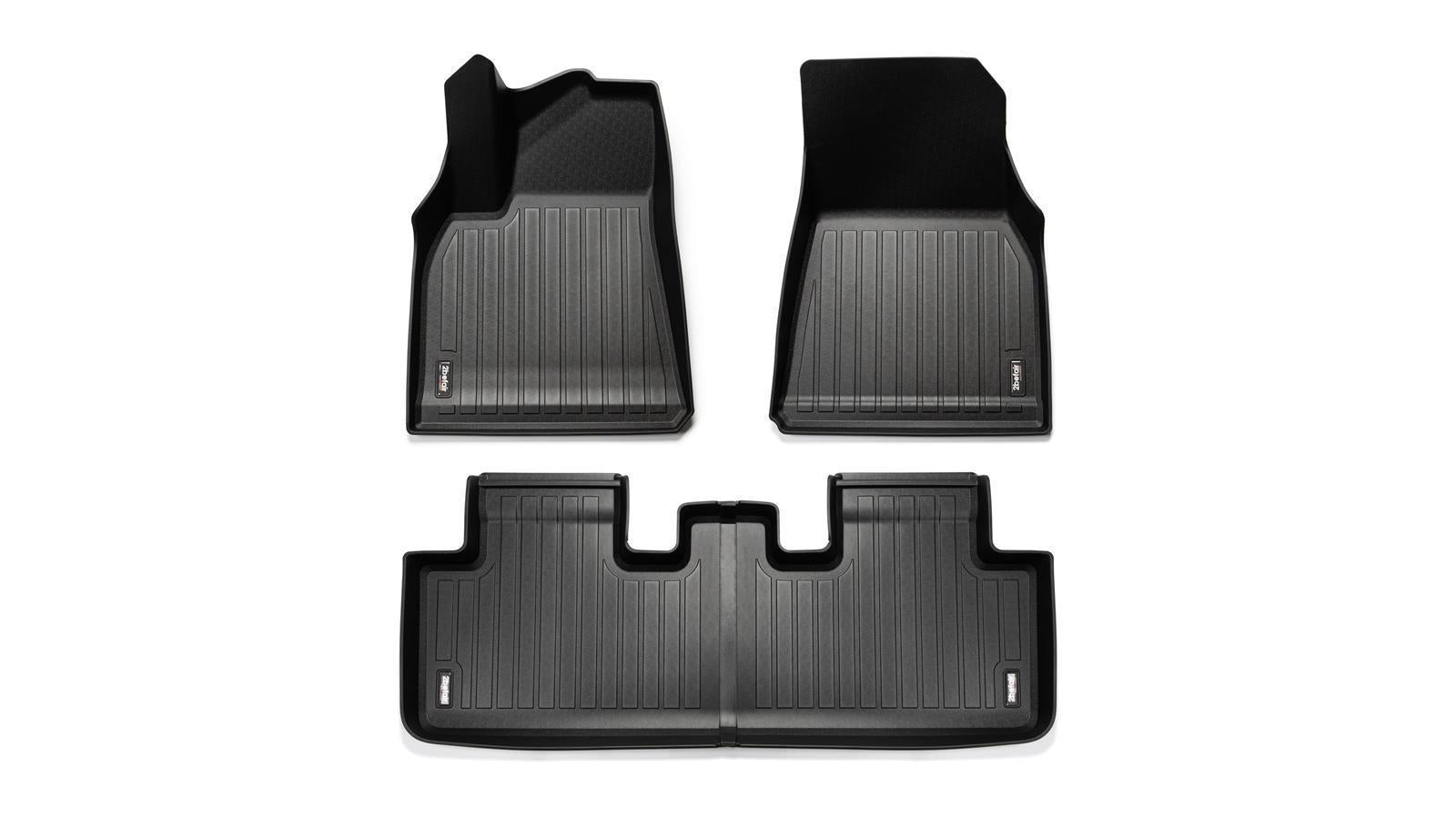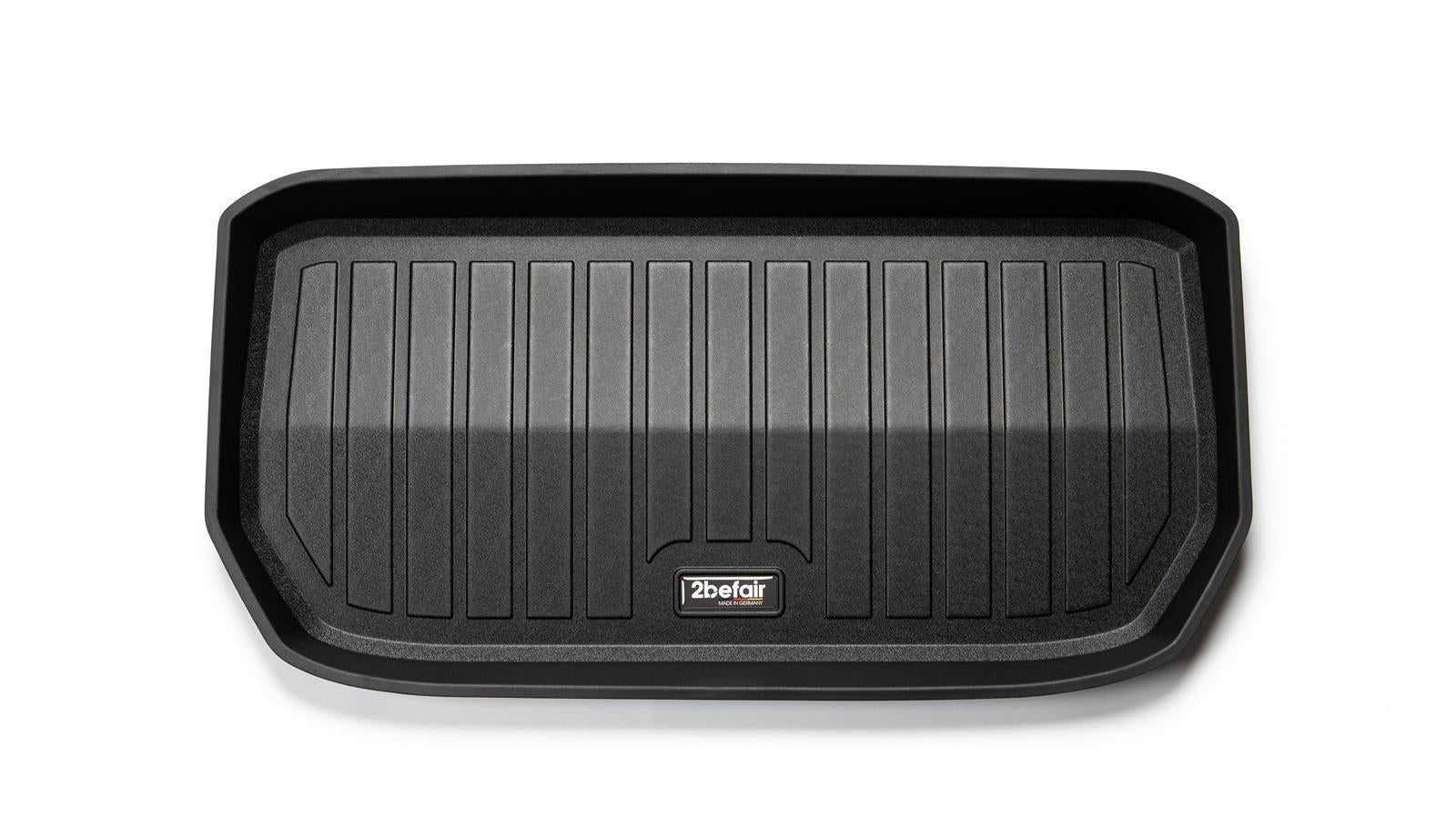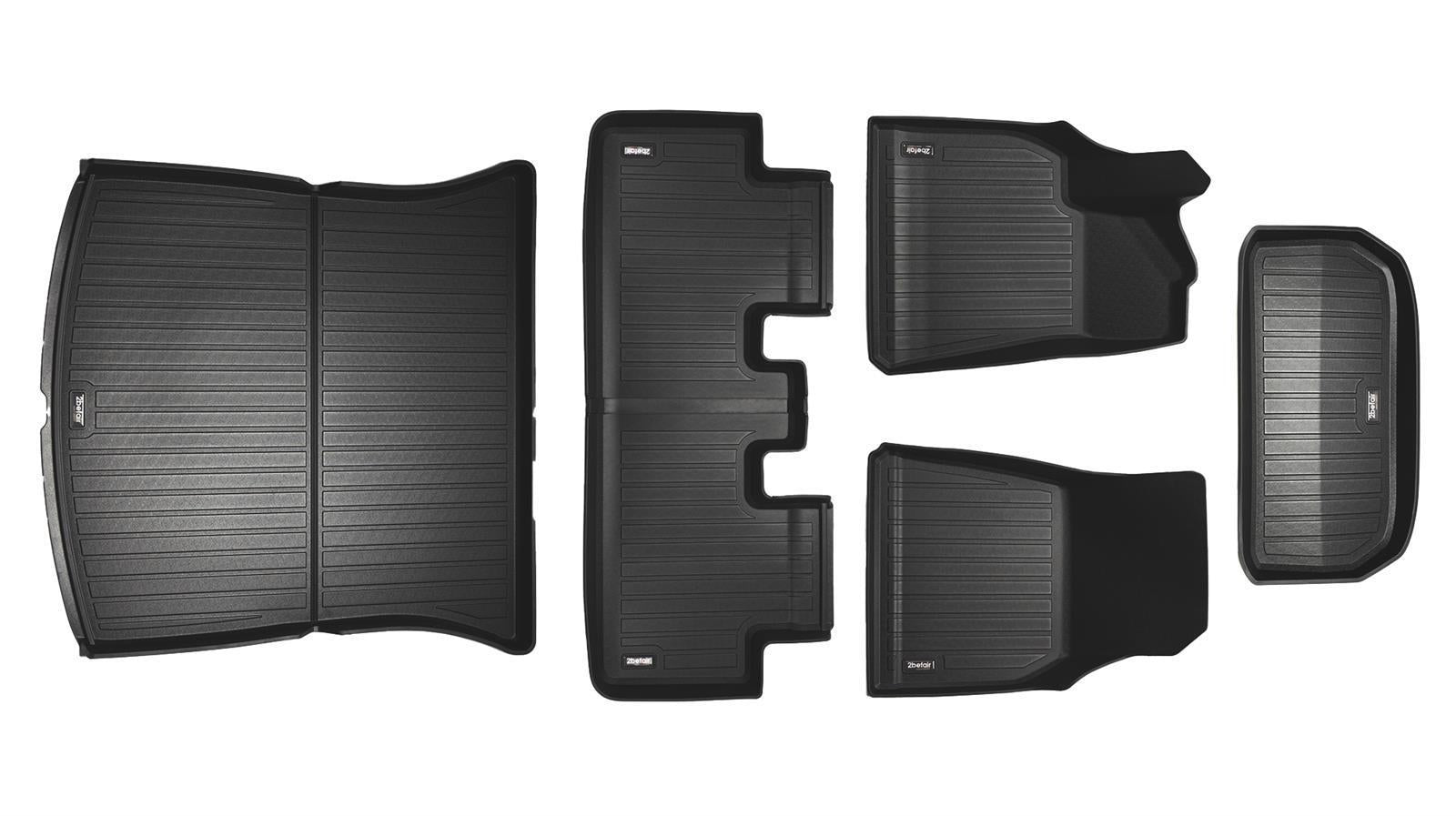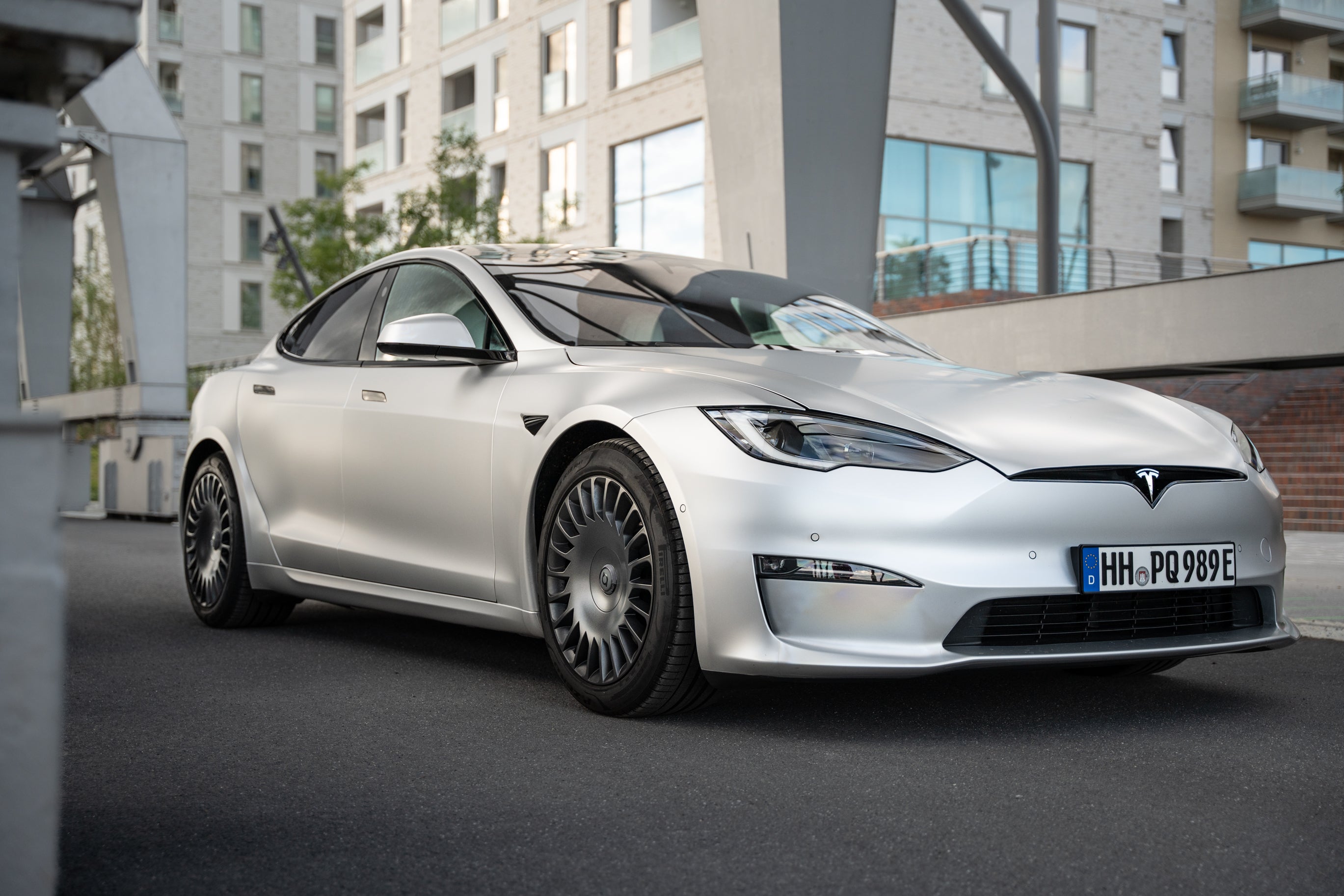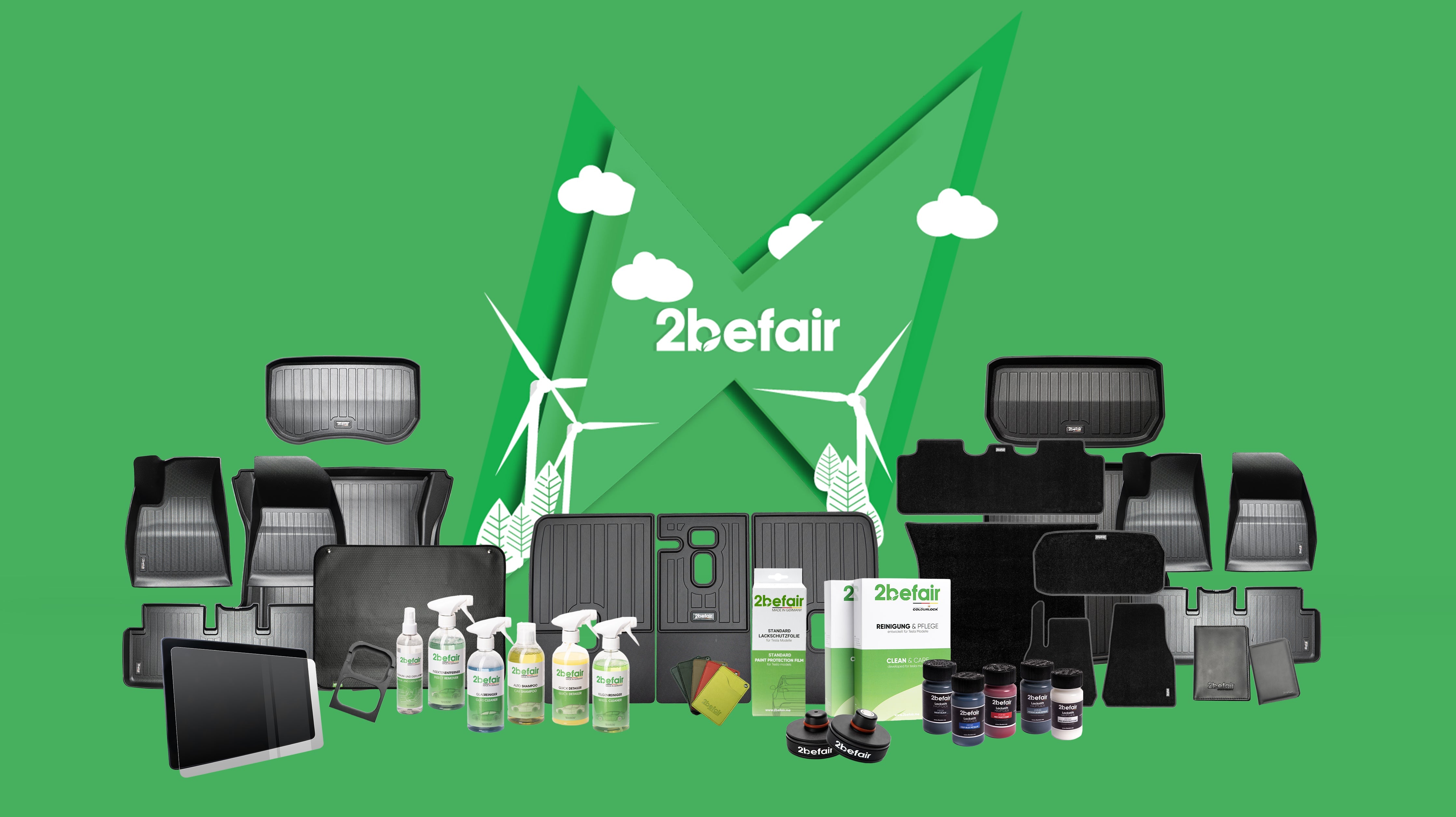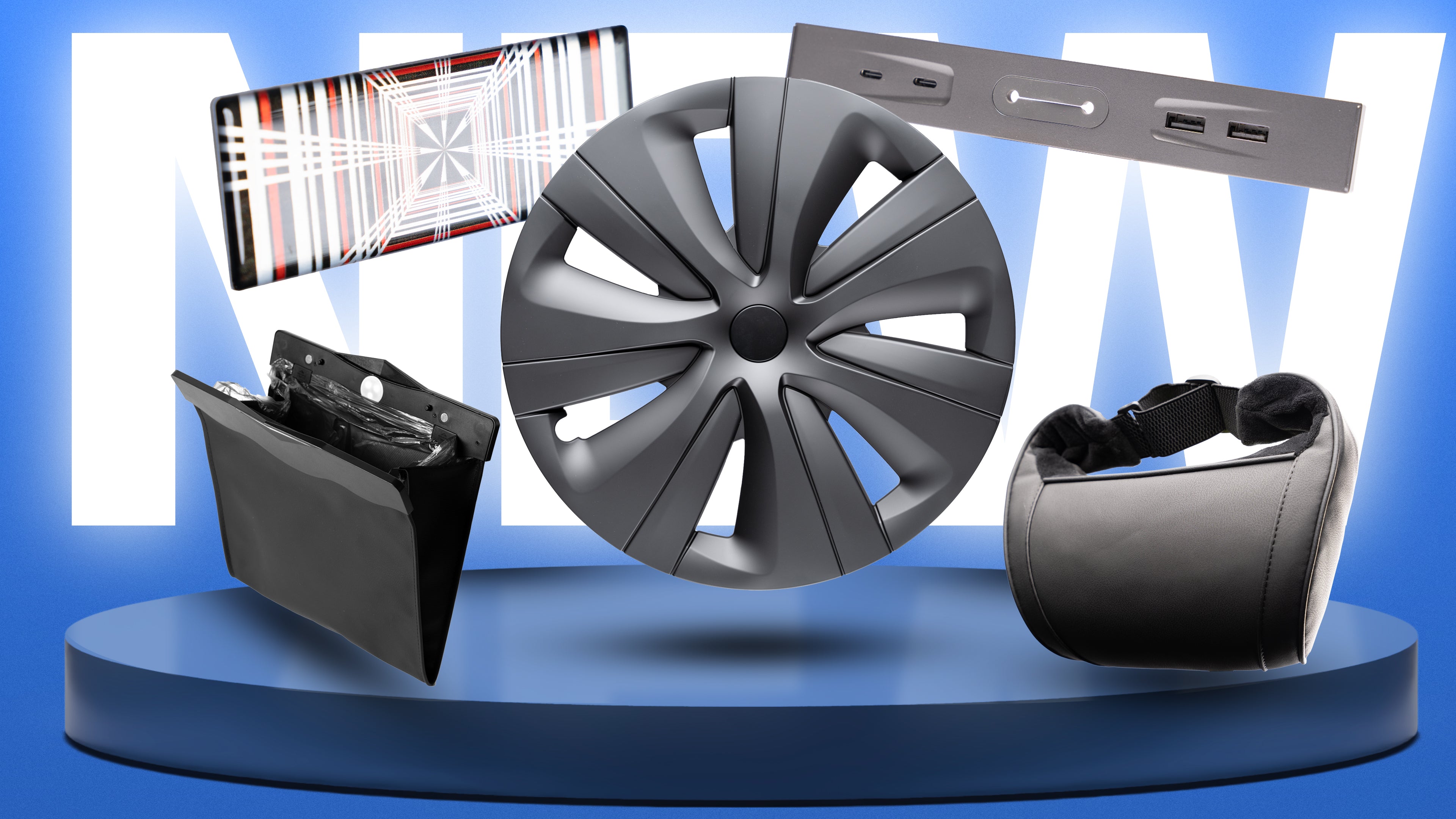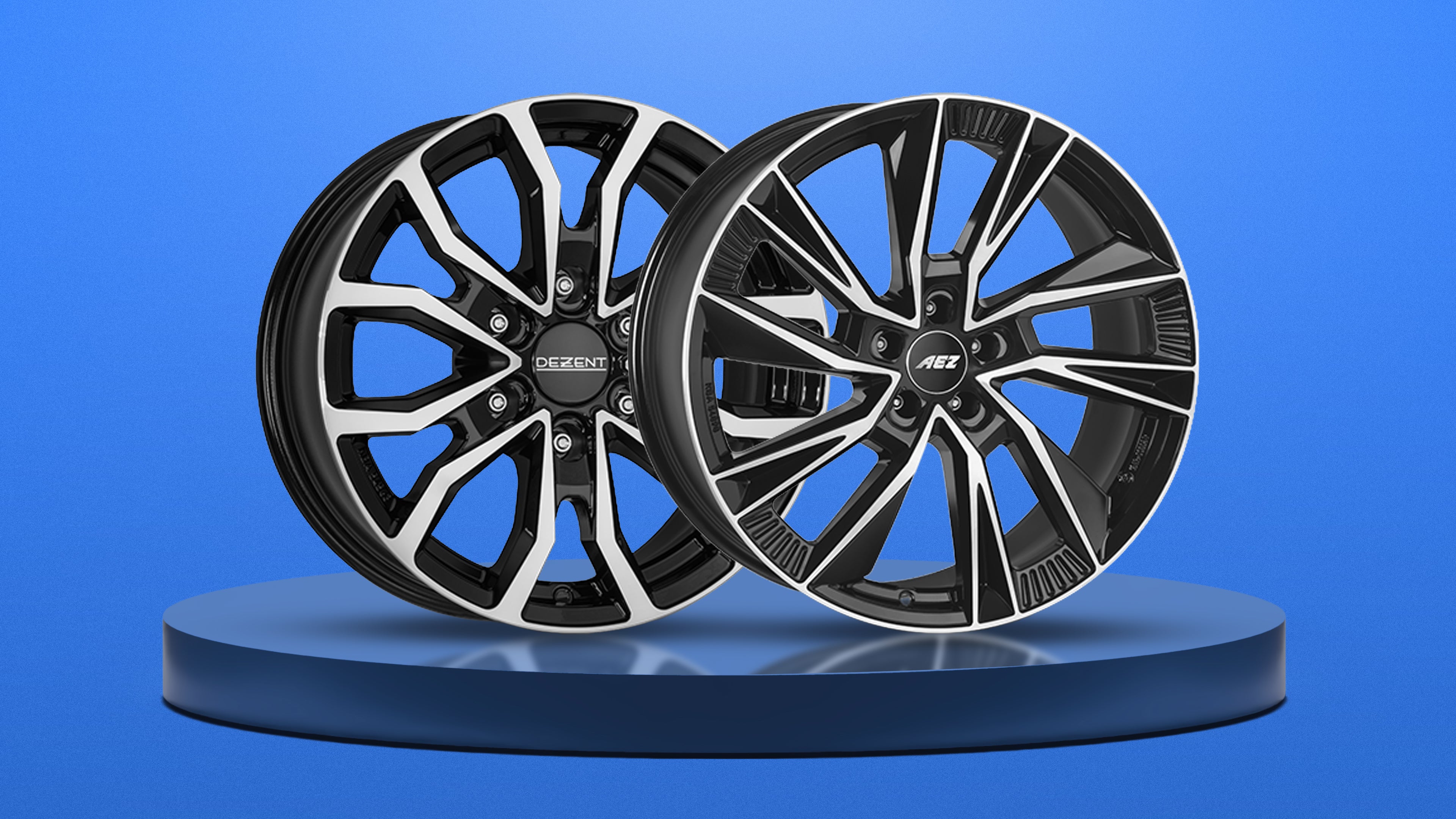Immerse yourself in the fascinating world of autonomous driving with Tesla and its innovative driver assistance systems.
In this comprehensive blog post, we not only shed light on the functions of the autopilot and the "Full potential for autonomous driving" package, but also take a look behind the scenes of the technology and discuss the future of autonomous driving at Tesla.
Autopilot: stress reduction on highways and country roads
The standard autopilot in Tesla-vehicles takes the strain off you on highways and country roads, by performing tedious tasks such as lane keeping, speed adjustment and keeping your distance from other vehicles. Cameras, radar sensors and advanced software work together, to capture a comprehensive picture of the surroundings and keep your vehicle safely and efficiently on course. So you can relax and enjoy the ride, while the autopilot takes over the steering.
Full potential for autonomous driving: The next level of driving freedom
With the optional "Full potential for autonomous driving" package, the Tesla the driving experience to a new level. This package includes additional functions, that take the autopilot to the next level, including:
- Automatic parking and reversing: Your Tesla finds parking spaces independently and maneuvers safely in and out, without you having to sit behind the wheel.
- Navigating with autopilot on highways: The autopilot takes over navigation on highways, including changing lanes and exiting at junctions.
- Traffic light and stop sign assistant: The system recognizes traffic lights and stop signs and brakes your vehicle automatically, until the road is clear to continue.
A look under the hood: how the autopilot works
Tesla's autopilot is based on a state-of-the-art system of cameras, radar sensors and a powerful on-board computer. These components work hand in hand, to create a precise image of your vehicle's surroundings and make the optimum decisions for a safe and smooth drive.
The high-resolution cameras capture detailed images of the road and its surroundings, while radar sensors detect objects such as other vehicles, pedestrians and cyclists. The on-board computer processes this data in real time and calculates the optimum driving style, by taking into account factors such as the current traffic situation, road conditions and traffic signs.
Safety first: Is the autopilot safe?
With Tesla safety is always our top priority. The autopilot has been extensively tested and developed and meets the strictest safety standards. Multi-level safety systems ensure this, that the autopilot works reliably in every situation.
Nevertheless, it is important to note, that the autopilot is a driver assistance system and does not offer complete autonomy. The driver always remains responsible for the vehicle and must keep an eye on the surroundings at all times.
Advantages of the autopilot: Driving pleasure at the highest level
The autopilot and the functions for autonomous driving from Tesla offer numerous advantages, that can improve your driving experience:
- Stress reduction: The autopilot takes over tedious tasks and enables relaxed driving, especially on long stretches of highway.
- Increased safety: The system can help, avoid accidents, for example, by reacting in good time to hazards such as other vehicles or pedestrians.
- More efficient driving: The autopilot optimizes the driving style and can thus contribute to this, reduce fuel consumption.
- More comfortable driving: Long journeys become more pleasant, as the autopilot takes the strain off the driver and can counteract signs of fatigue.
The future of autonomous driving with TeslaWhere is the journey heading?
Tesla is continuously developing its autopilot technology and is a leader in the field of autonomous driving. With the Vision, to make road traffic safer and more efficient, the company is constantly pushing the boundaries of technology.
In the near future, we can look forward to further advances in the field of autonomous driving in Tesla expect. These could include, among other things:
- Enhanced capabilities in urban environments: In the future, the autopilot could also navigate safely in more complex traffic situations such as urban areas.
- Bidirectional driving: Teslas with Autopilot could also reverse and park autonomously in the future.
-
Fully autonomous driving with Teslavision and reality:
Dreams of self-driving cars become reality with Tesla are coming true - but how far along is the technology really?
While the autopilot of Tesla is already providing semi-autonomous driving on highways and country roads, the company's vision goes much further: Fully autonomous driving.
The dream Tesla of a scenario, in which the driver is completely removed from the traffic process and the vehicle can independently master any driving situation - from navigating the city to coping with unforeseen events.
Technical challenges on the road to fully autonomous driving
To make this vision of the future a reality, must Tesla still have to overcome a few technical challenges:
- Sensor technology: The vehicle's sensors must be able to perceive the surroundings even more precisely and reliably, to be able to navigate safely even in complex situations such as heavy snowfall or fog.
- Artificial intelligence: AI must be developed further, to optimize the decisions of the autopilot in all situations and also to solve ethical dilemmas safely.
- Legal framework conditions: The legal framework for fully autonomous driving must be clarified worldwide in order to enable the safe and uniform use of this technology.
Tesla's FSD beta program: A step towards the future
-
With the FSD beta program Tesla valuable data and experience, to further develop the technology for fully autonomous driving. In this program, selected Tesla-drivers test the latest autopilot functions in real road traffic and provide the company with feedback.
Ethical aspects of autonomous driving
In addition to the technical challenges, ethical aspects of autonomous driving also need to be discussed and resolved. For example, who bears responsibility in the event of an accident involving an autonomous car? How can ethical principles such as the avoidance of personal injury be integrated into the algorithms of autonomous driving systems?
Conclusion: The road to fully autonomous driving with Tesla is still a long way off, but the vision is clearly defined. Tesla is driving the development of this technology forward at full speed and has the potential, road traffic safer in the future, more efficient and more comfortable.
It remains exciting to see how autonomous driving technology will develop over the next few years and when Tesla's vision of the self-driving car will become reality.


